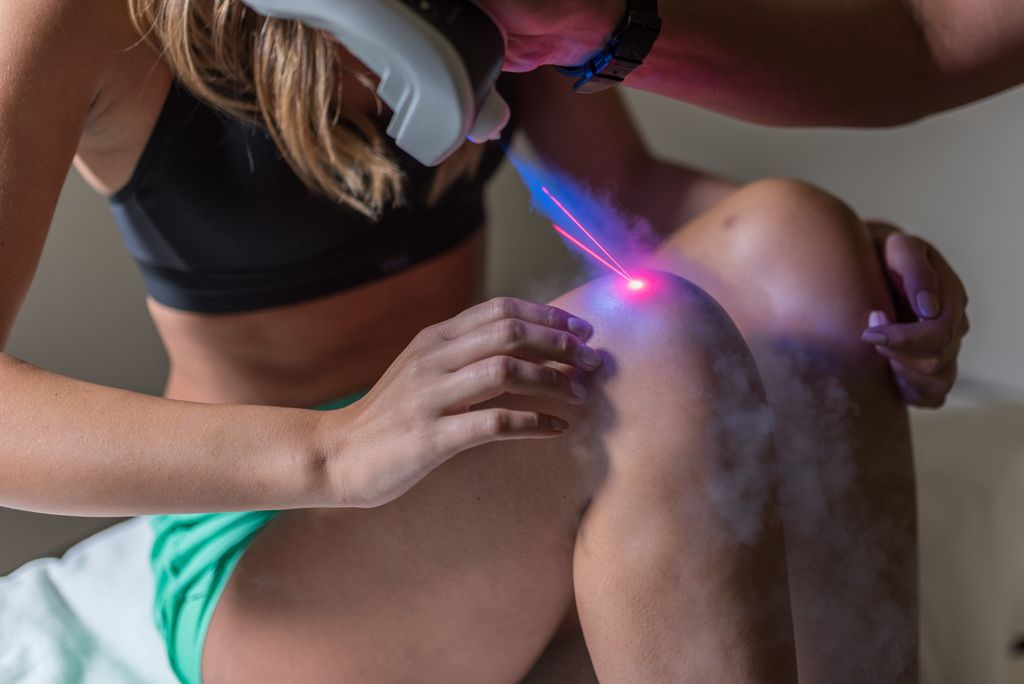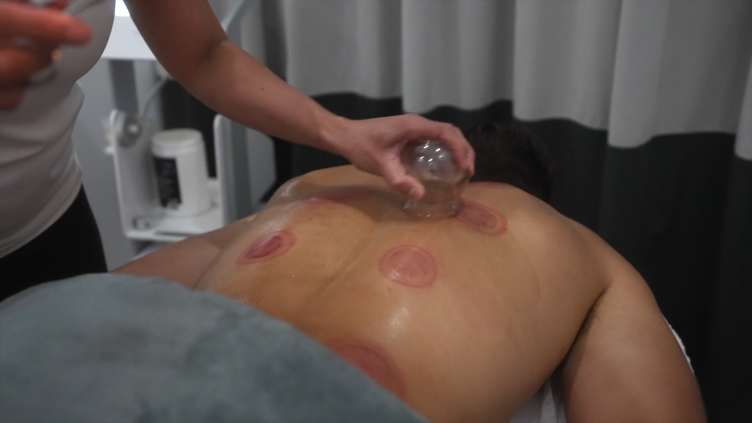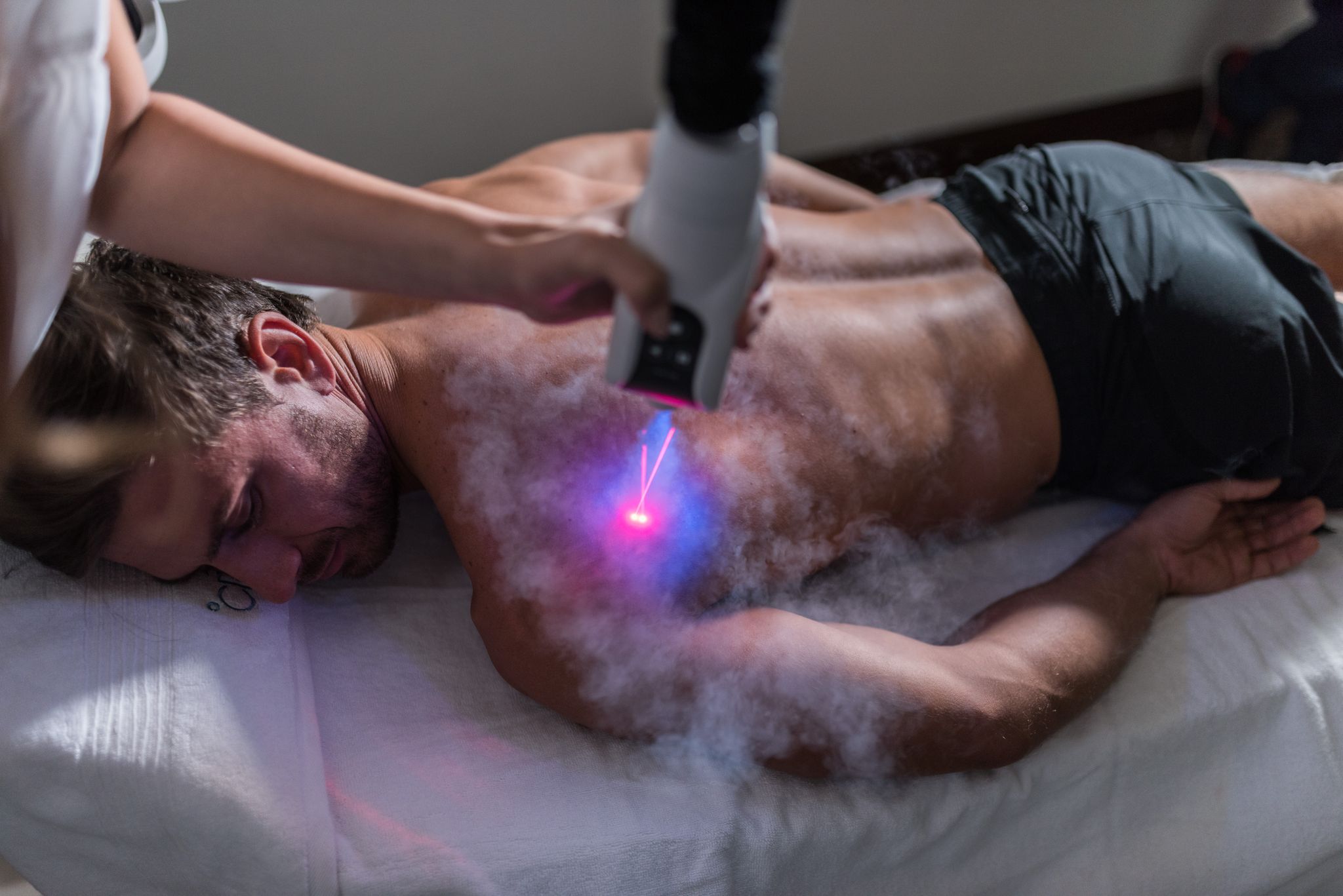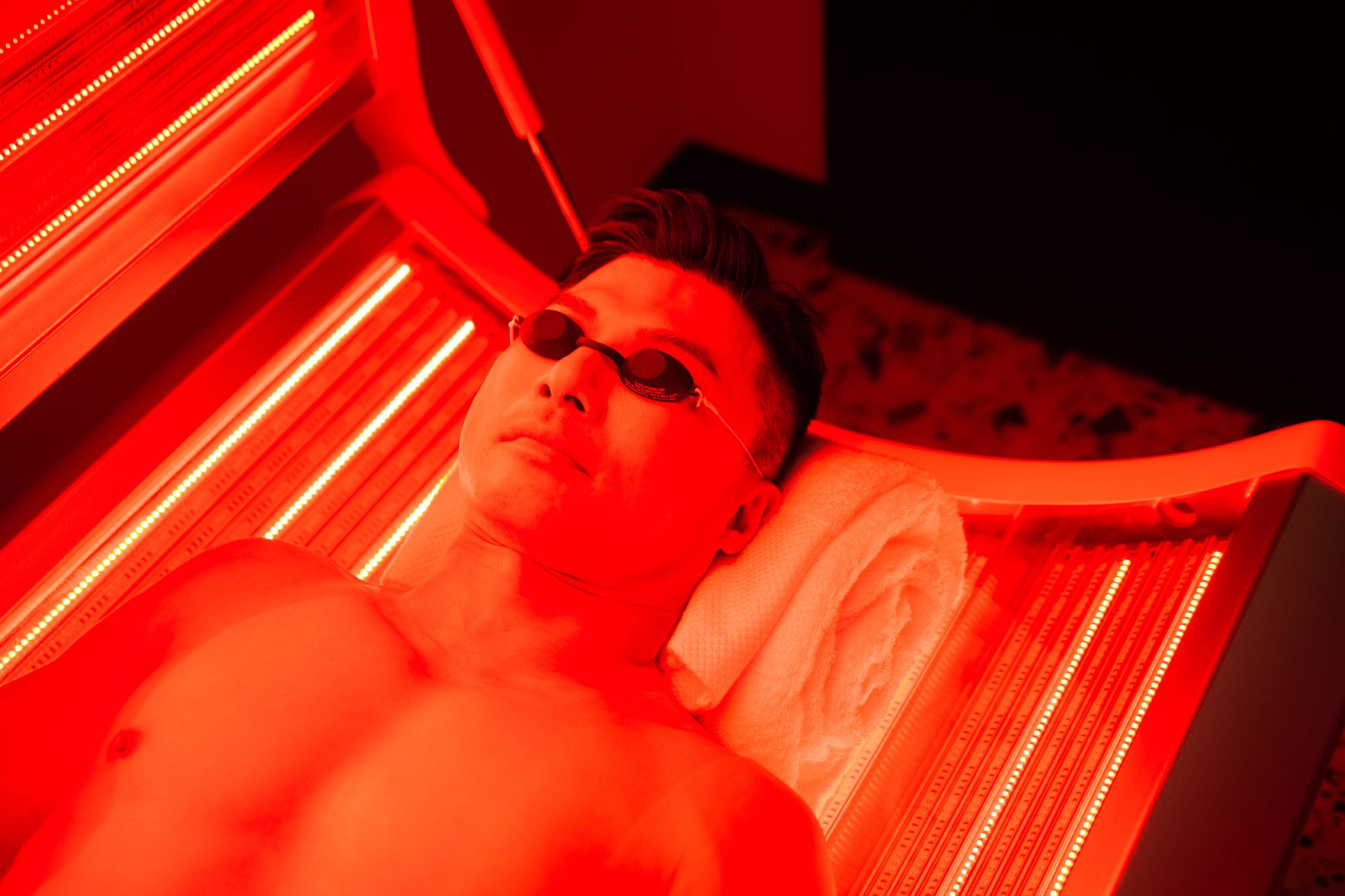The Benefits of Localized Cryotherapy
History
Cold therapy has been the mainstay of medical treatment since the days of Hippocrates. Initially used by ancient Egyptians to mitigate inflammation and by Hippocrates himself to treat hemorrhage, the therapeutic applications of ice evolved throughout history to become part of the treatment algorithm for a variety of health conditions. With such a long history, the question is why, why is cryotherapy regarded as one of the most used modality in elite- and recreational sports? What are the benefits of using local cryotherapy?
Cryotherapy is the local or general use of low temperatures. It can be a range of treatments from the application of ice packs, immersion in ice baths to the use of cold chambers. Quite recently, local cold air technologies find their way in the market as well. In this blog, we focus on the local use of cryotherapy excluding the ice baths and cold chambers.
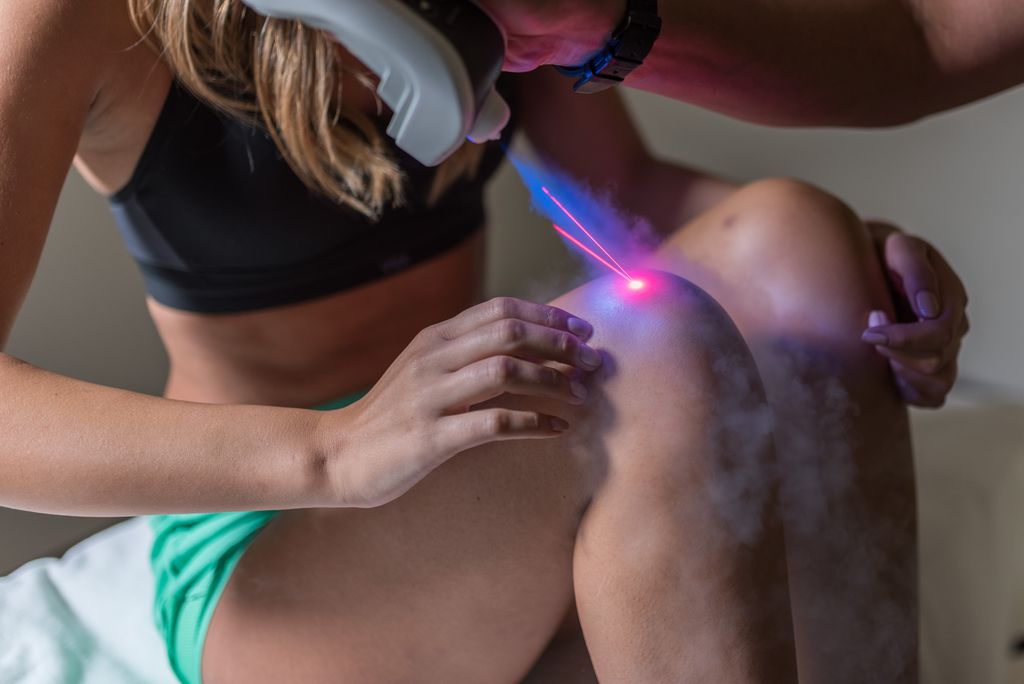
In one of our previous blogs, we elaborated on what is new in the use of local cryotherapy. One of the key things to remember from that blog is that we don’t need to limit or eliminate inflammation, inflammation is necessary, and repair will not occur without inflammation. Moreover, even if you want, you cannot eliminate inflammation. You can only minimize the signs of inflammation using POLICE.
In this blog, we will focus on the physiological effects and indications of local cryotherapy. Based on different physiological effects, different indications for local cryotherapy can be defined as can be seen in table 1.
Table 1: the physiological effects and indications of local cryotherapy

Many studies have looked into the physiological effects of local cryotherapy, and some of the most important findings are:
- Applying local cryotherapy does not decrease inflammation in acute injuries, but impacts the inflammatory response. A guided inflammatory response helps the healing process as the person perceives less pain which promotes functional movement.
- There is a direct relationship between a lower tissue temperature (due to local cryotherapy) and tissue metabolism. A lower metabolism results in lower secondary cell injury as found by Merrick and colleagues (1999)2 and prevents non-injured cells at the initial trauma to survive.
- Cold is effective in reducing pain and edema, also in the acute phase of an injury, as was evidenced by Schässer and colleagues (2007).
- The effect of local cryotherapy on muscle spasm is increased as the threshold of afferent nerve endings is reduced. Combining local cryotherapy with stretching will result in an even more beneficial effect.
- Arthrogenic muscle inhibition (AMI) is the clinical impairment caused by an ongoing reflex inhibition following damage to a joint. Performing rehabilitation exercises immediately after local cryotherapy results in more significant strength gains than when no cryotherapy was applied, promoting functional recovery as described by Hart and colleagues.
- Cryolipolysis is a non-invasive contouring treatment used to reduce fat cell volume by applying local cryotherapy which freezes the tissue. The study of Mostafa and Elshafey (2016) concluded that cryolipolysis has a favorable effect than laser lipolysis and control in the reduction of waist-hip ratio, skin folds and suprailiac level and subcutaneous adipose tissue. Local cryotherapy does not reduce body weight but can help to contour the body.
Whether the physiological responses (see table 1) and hence the therapeutic effects actually occur and to which degree, is first and foremost determined by choice of the specific modality (i.e., compressive cryotherapy, continuous flow therapy, the application of ice or cryogenic air) and how the cryotherapy is applied. Applying 5 minutes ice for an acute ankle sprain will have a different therapeutic effect as 120 minutes of compressive cryotherapy. Knowing this local cryotherapy can be of help for specific applications, however, to become the wanted results make sure the modality is appropriately used.
References
1. Freiman, A. & Bouganim, N. History of cryotherapy. Dermatol. Online J. 11, 9 (2005).
2. Merrick, M. A., Rankin, J. M., Andres, F. A. & Hinman, C. L. A preliminary examination of cryotherapy and secondary injury in skeletal muscle. Med Sci Sports Exerc 31, 1516–1521 (1999).
3. Schaser, K.-D. et al. Prolonged superficial local cryotherapy attenuates microcirculatory impairment, regional inflammation, and muscle necrosis after closed soft tissue injury in rats. Am J Sports Med 35, 93–102 (2007).
4. Hart, J. M., Kuenze, C. M., Diduch, D. R. & Ingersoll, C. D. Quadriceps muscle function after rehabilitation with cryotherapy in patients with anterior cruciate ligament reconstruction. J Athl Train 49, 733–739 (2014).
5. Mostafa, M. S. E. M. & Elshafey, M. A. Cryolipolysis versus laser lipolysis on adolescent abdominal adiposity. Lasers Surg Med 48, 365–370 (2016).
6. Knight, K. L. & Draper, D. O. Therapeutic Modalities: the art and science: Chapter 5: Immediate Care of Acute Orthopaedic Injuries. p: 74–85 (Wolters Kluwer, Lippincott Williams & Wilkins).


